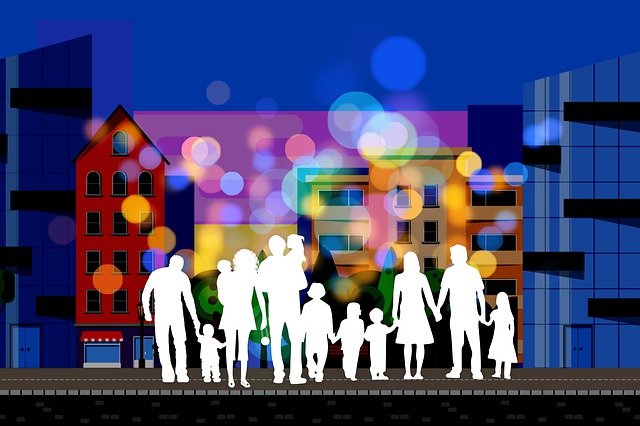Part II – Narratives, Dominik v. Eynern

Part II – Narratives
(This article Part II of a three-part series. It is based on a seminal paper entitled “Intertemporal Cooperative Choices in Business Families”, by Dominik v. Eynern & Doris Sommavilla.) Part I
According to the Merriam-Webster dictionary, narratives “are a way of promoting or understanding a situation or a series of events, that reflects and promotes a particular point of view or set of values.”
The information is partly processed outside our conscious control which can be used for effective manipulation of behaviours. Narratives are essential for our meaning making process of experiences. Our individual and collective reality is constructed according to narrative principals.
From where do narratives come? They begin first with the family. Whatever was believed three generations before can still influence the thinking patterns of the present generation. We have a tendency to model the behaviour of past generations. This ‘tacit’ behaviour can be self-destructive or self-affirming, can reside in our genes (‘epigenetics’), and affect the decision-processes. Consequently, behaviour (Molecular Genetics, Martin Reuter, Andrea Felten, Christian Montag in Neuroeconomics, Springer).
Good narratives activate parts of the brain that allow us to turn that story into our own ideas and experiences (we become a part of the ‘story’), and in doing so, the brains’ emotional system is triggered – the narrative becomes personal [and because it is personal, it also must be ‘true’].
One narrative is like a frame in a persons’ life and a person is made of many narratives. These regulate the decision making, perception and evaluation of the world around us.
Frames
We are predisposed to persistent decisional biases that are driven by frames and not necessarily by facts. Experiments have shown that, “choices between logically two identical set of options depend on how the options are framed.” (“Thinking Fast and Slow”, Daniel Kahneman, Penguin)
This is confirmed by meta-studies: The framing condition was the top choice predictor followed by the economic pay-off! (Framing Effects: Behavioural Dynamics and Neural Basis, Xiao-Tian Wang, Lilli Rao, Hongming Zheng in Neuro Economics, Springer).
For example, brightly packaged items sell more than neutrally coloured items; a sales pitch should always include the phrase, “you deserve better”; most people will pay more for a bottle of wine, simply based on the narrative (frame) that more expensive things are better.
Choices are made based on external or internal narratives; for example, preconceived ideas.
Social cognitions are also significantly influenced by narratives, especially when information is incomplete. When social cues are absent or one gets conflicting information, even subtly. When we consider with whom to cooperate, we may only have incomplete information about the contextual situation and the agent; we are forced to make inferences based on the agents’ reputation and the self-created narrative.
Narratives can also be created – goal-directed – and they don’t have to be true. It is believed that false narratives get re-tweeted 6 times more than original stories. The brain has to work a bit harder to process new information, as part of the thinking process judges sources by how they link to stored memories (pre-conceived ideas or old narratives) and it gives preference to confirming information (confirmation bias).
Narratives are also contagious, and can drive economic events (Narrative Economics, Robert J. Shiller, Princeton University Press).
To Summarise, Thus Far
In times of uncertainty, anxiety levels tend to rise. In this stage, people have a tendency to seek psychological refuge to provide a sense a security. ‘Coming together’ is this refuge (Oxytocin levels increase). This initial reaction to anxiety is primitive; hunters are more successful when they fight in a group. However, once the distress is abated, the attachment system is deactivated. Therefore, we are motivated to cooperate because of the need for socio-emotional bonding and not only reciprocal pay-offs in an economic sense.
The bond will remain until a point where disagreement becomes (virtually) impossible. The counter reaction is that individuals withdraw and go their separate ways. One could say that family members can lose their belief in an old narrative and become less likely to cooperate like they did in the past.
Frustrated expectations can also induce negative emotional states which also decreases or extinguishes cooperative behaviour.
The attachment theory and affiliation motivation to cooperate corresponds to the Hierarchy of Human Needs pyramid by Abraham Maslow (Wikipedia). He puts ‘The Need for Belonging’ on the third level, after the Need for Safety, which to our mind includes the Need for Psychological Safety, a balanced emotional state where immediate social threats are absent.
What comes next, therefore, is Part III of this instalment – Risk taking or “Fight or Flight”.
Sarah Gildea, April, 2020










